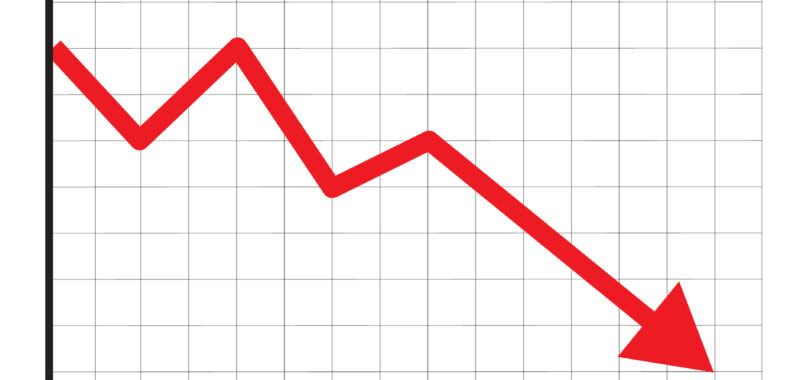At 19 times projected free cash flow, Wiley stock remains expensive even after its sell-off.
Publishing house John Wiley & Sons (WLY -8.71%) (JW.B -10.87%) tumbled 8.4% through 10:40 a.m. ET Thursday after reporting mixed earnings in its fiscal Q1 2025 report this morning.
Analysts forecast the research and educational publisher would earn $0.55 per share (adjusted for one-time items) on $387.4 million in Q1. Wiley reported better-than-expected sales of $403.8 million, but earnings were worse than expected — just $0.47.
John Wiley Q1 earnings
That’s the good news. The bad news is that Wiley’s $0.47 profit was a non-GAAP number. When calculated according to generally accepted accounting principles (GAAP), Wiley actually lost $0.03 per share for the quarter. (This was, however, an improvement over last year’s $1.67-per-share Q1 loss. )
CEO Matthew Kissner pronounced himself “pleased” with this start to the 2025 fiscal year, calling Wiley’s 3% growth in its research publications division “solid” and emphasizing Wiley’s use of generative artificial intelligence to drive 14% sales growth in academic courseware. However, the “professional” side of the company’s learning division was a drag on results, pulling the division down to a 1% decline in sales.
Long story short: Wiley’s smallest division got smaller, its biggest division grew only 3%, and overall sales declined 10.5%.
Which isn’t great.
Is Wiley stock a sell?
But it could get better.
Turning to guidance, Wiley forecast roughly 3% total sales growth in fiscal 2025, with both divisions growing at least in the low single digits and research potentially growing in the mid-single digits. It predicts adjusted earnings will grow roughly 23%, to perhaps $3.42 per share — which is actually more than Wall Street has been predicting. And free cash flow could grow about 10%, to $125 million.
Problem is, if Wiley does hit these numbers, the stock is selling for a price-to-free cash flow ratio of nearly 19 (and that’s before factoring in Wiley’s net debt load of more than $800 million). For a single-digit grower with a huge debt load, that seems too expensive to me.
Wiley stock remains a sell.
Rich Smith has no position in any of the stocks mentioned. The Motley Fool has no position in any of the stocks mentioned. The Motley Fool has a disclosure policy.

